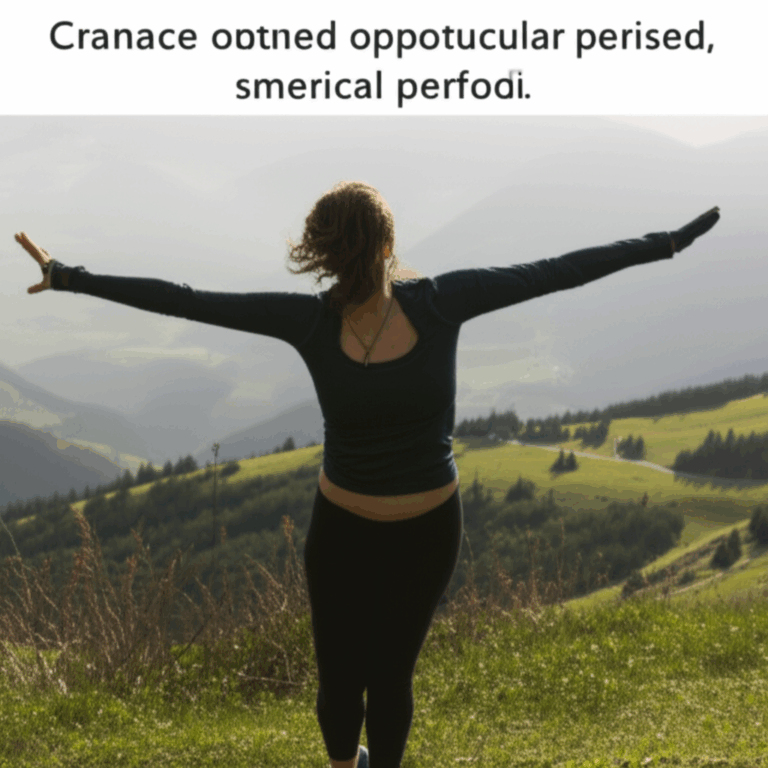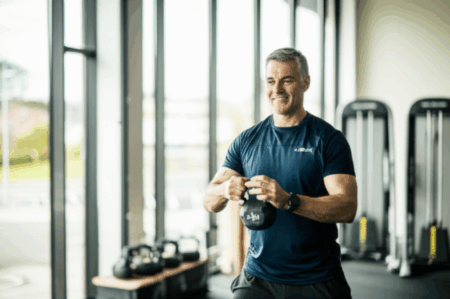For many, exercise can feel like a constant battle against fluctuating energy levels and mood swings. But what if there was a way to work with your body’s natural rhythm instead of against it? Pilates instructor Georgia Weibel has discovered the power of cycle syncing her workouts, particularly during her follicular phase, leading to more enjoyable and effective exercise. This approach leverages the hormonal shifts throughout the menstrual cycle to optimize fitness routines and enhance overall well-being.
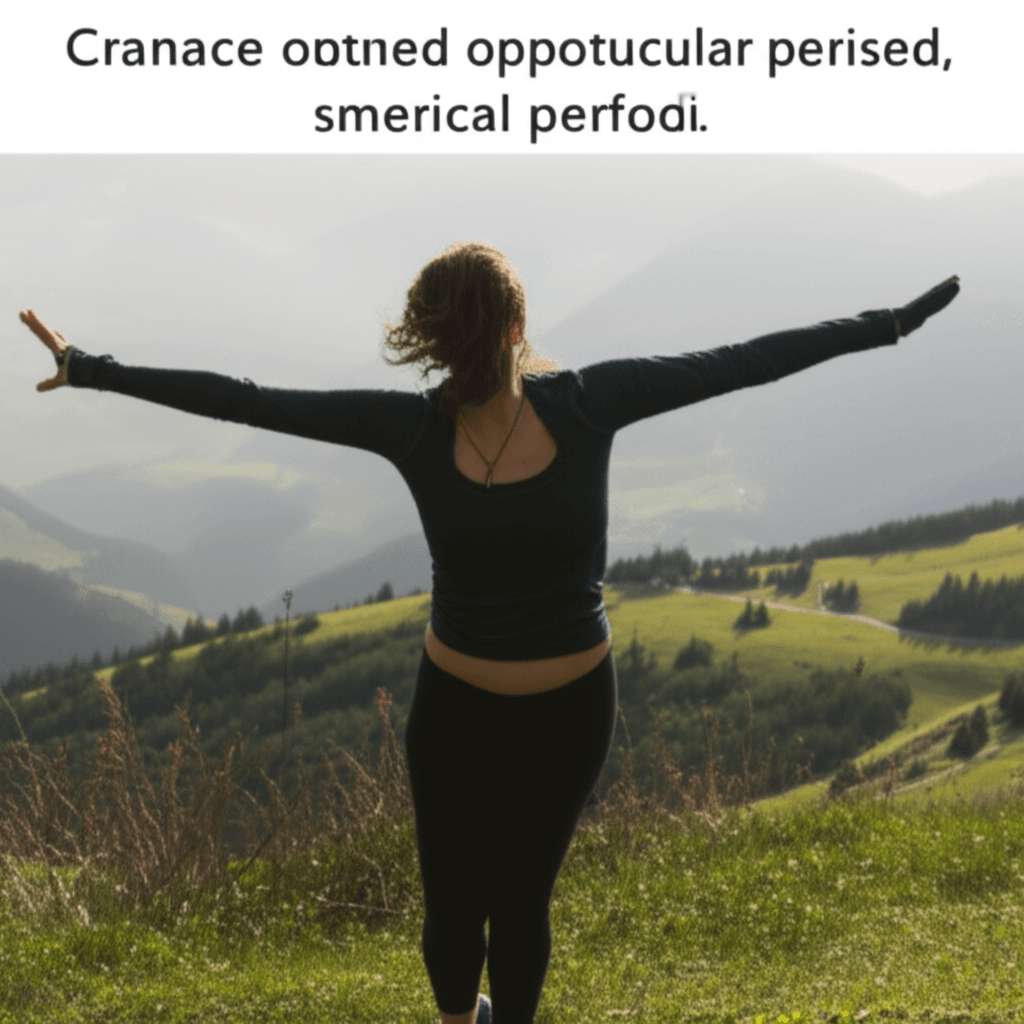
Understanding the Follicular Phase and its Hormonal Impact
The follicular phase is the first half of your menstrual cycle, starting on the first day of your period and lasting until ovulation. This phase is characterized by a gradual rise in estrogen levels. Initially, during the early follicular phase (which includes menstruation), hormone levels are low, and you might experience fatigue or cramping, making low-intensity workouts more appealing.
As the follicular phase progresses and estrogen continues to rise, many women begin to feel more energized, powerful, and motivated. This surge in estrogen not only boosts energy but also facilitates muscle building and maintenance, making it an ideal time for more intense training. Your body becomes better at accessing stored carbohydrates for energy, and recovery from workouts may be quicker.
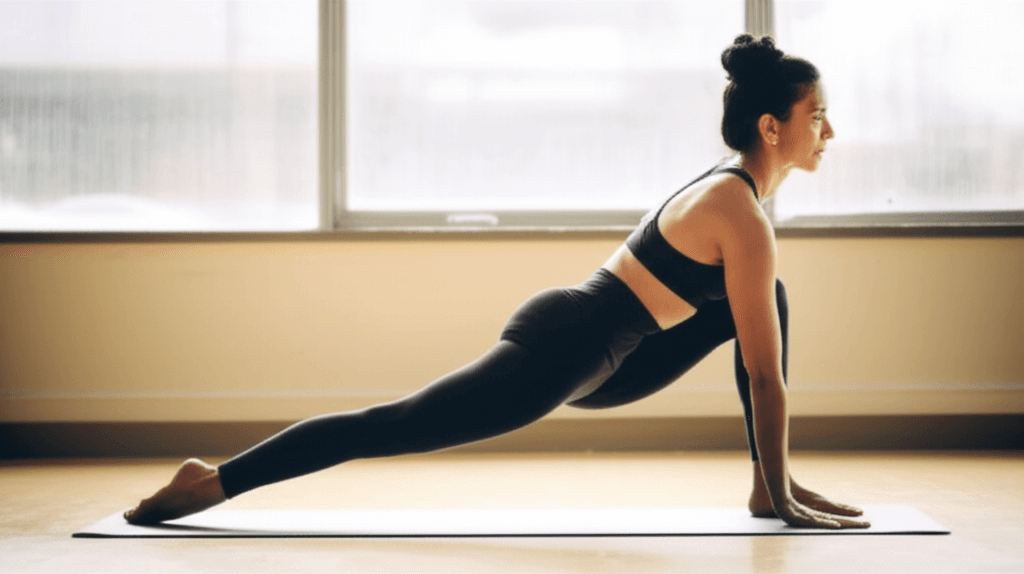
The Benefits of Cycle Syncing Workouts
Cycle syncing involves adjusting your diet, exercise, and lifestyle habits to align with the hormonal fluctuations of your menstrual cycle. This practice aims to support health and well-being by matching your routines to how hormonal shifts affect your energy, mood, and physical capabilities.
While more research is needed, anecdotal evidence and personal testimonials suggest several potential benefits of cycle syncing workouts, including:
- Improved energy levels and mood management.
- Reduced PMS symptoms.
- Enhanced exercise performance, potentially leading to increased muscle growth and better recovery.
- A greater sense of connection with one’s body.
- Potentially balancing hormone levels and alleviating uncomfortable symptoms associated with hormonal imbalances.
For a Pilates instructor like Georgia Weibel, understanding these hormonal shifts allows her to tailor her weekly workout schedule to maximize her body’s natural strengths during the follicular phase, making exercise feel more intuitive and enjoyable.
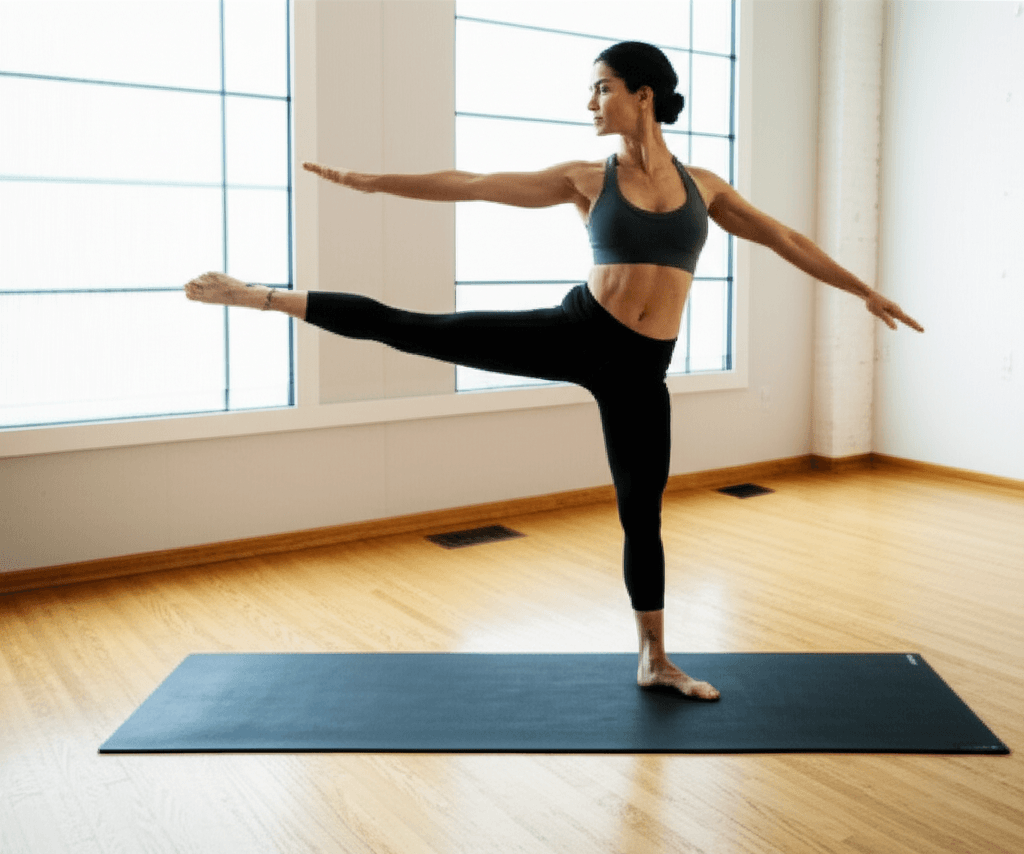
A Pilates Instructor’s Follicular Phase Workout Week
During the follicular phase, particularly as estrogen levels climb, the body is primed for strength building, higher intensity, and increased stamina. This is a time when challenging workouts can yield significant results and feel less strenuous than in other phases.
Here’s a general outline of what a week of workouts might look like for a Pilates instructor like Georgia Weibel during her follicular phase, leveraging the body’s natural energy surge:
Early Follicular Phase (Days 1-5, during menstruation)
Even though it’s the follicular phase, the initial days overlap with menstruation, where energy can still be low.
- Monday (Day 1-2): Gentle Movement & Recovery. Weibel might start with very gentle Pilates, focusing on stretch and release, mindful breathing, and light core activation. Low-intensity activities like walking or Yin yoga are also excellent for alleviating cramps and promoting relaxation.
- Tuesday (Day 3-4): Foundation Building. As symptoms begin to subside, she might introduce slightly more active Pilates classes that focus on stability, basic strength, and core engagement, gradually increasing the duration or complexity.
Mid to Late Follicular Phase (Days 5/6-14, leading up to ovulation)
This is where energy and strength typically peak, making it an optimal time for more vigorous workouts.
- Wednesday: Dynamic Pilates & Strength. This is an ideal time for more dynamic Pilates sessions that incorporate bodyweight exercises, light weights, or resistance bands to build lean muscle mass and improve bone density. Weibel might teach or participate in a “Booty Burn” class combined with an abs session. She might also focus on challenging core exercises and full-body movements that elevate the heart rate.
- Thursday: High-Intensity Interval Training (HIIT) Pilates or Cardio. With estrogen levels rising, high-intensity workouts are well-tolerated. This could involve high-energy Pilates, jumpboard Pilates, or other forms of HIIT to improve cardiovascular fitness and endurance.
- Friday: Strength-Focused Pilates or Weight Training. Capitalizing on increased strength, she might engage in Pilates classes designed for sculpting and toning, or integrate light weightlifting alongside her Pilates practice. Compound exercises like squats, lunges, and push-ups can be incorporated effectively.
- Saturday: Longer Cardio or Stamina Building. This could be a longer run, a vigorous spin class, swimming, or even hiking. The increased stamina during this phase makes sustained cardiovascular efforts more enjoyable and effective.
- Sunday: Active Recovery / Restorative Pilates. Even during a high-energy phase, rest is crucial. Weibel might opt for restorative Pilates, gentle yoga, or a leisurely walk to aid muscle recovery and prepare for the next week.

The Enjoyment Factor: How Cycle Syncing Transforms Exercise
For Georgia Weibel, cycle syncing has made exercising “more enjoyable” because it shifts the mindset from pushing through discomfort to working with her body. Instead of feeling guilty for low energy on certain days, she acknowledges and honors those feelings by choosing gentler activities. Conversely, when her energy is naturally high, she seizes the opportunity for more challenging and rewarding workouts.
This intuitive approach fosters a deeper connection to her body’s signals, reducing potential frustration and burnout often associated with a rigid, one-size-fits-all workout schedule. By aligning her fitness routine with her follicular phase, she experiences:
- Maximized Performance: High-intensity workouts during peak energy feel more natural and effective, leading to better gains in strength and stamina.
- Reduced Struggle: Not fighting against low energy days means less perceived effort and greater satisfaction from her chosen activities.
- Improved Mood and Motivation: Successfully matching her activity to her body’s capacity can boost mood and maintain motivation for long-term fitness.
- Greater Body Awareness: Cycle syncing encourages listening to internal cues, fostering a more sustainable and self-compassionate fitness journey.
By embracing cycle syncing, this Pilates instructor not only optimizes her physical training but also cultivates a more harmonious and enjoyable relationship with her body, setting a powerful example for integrating wellness with natural physiological rhythms.




